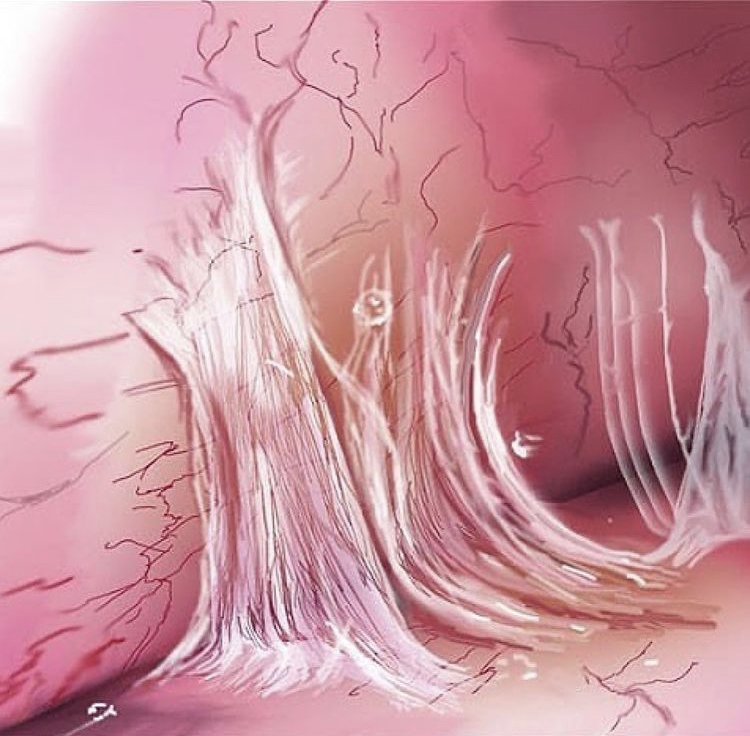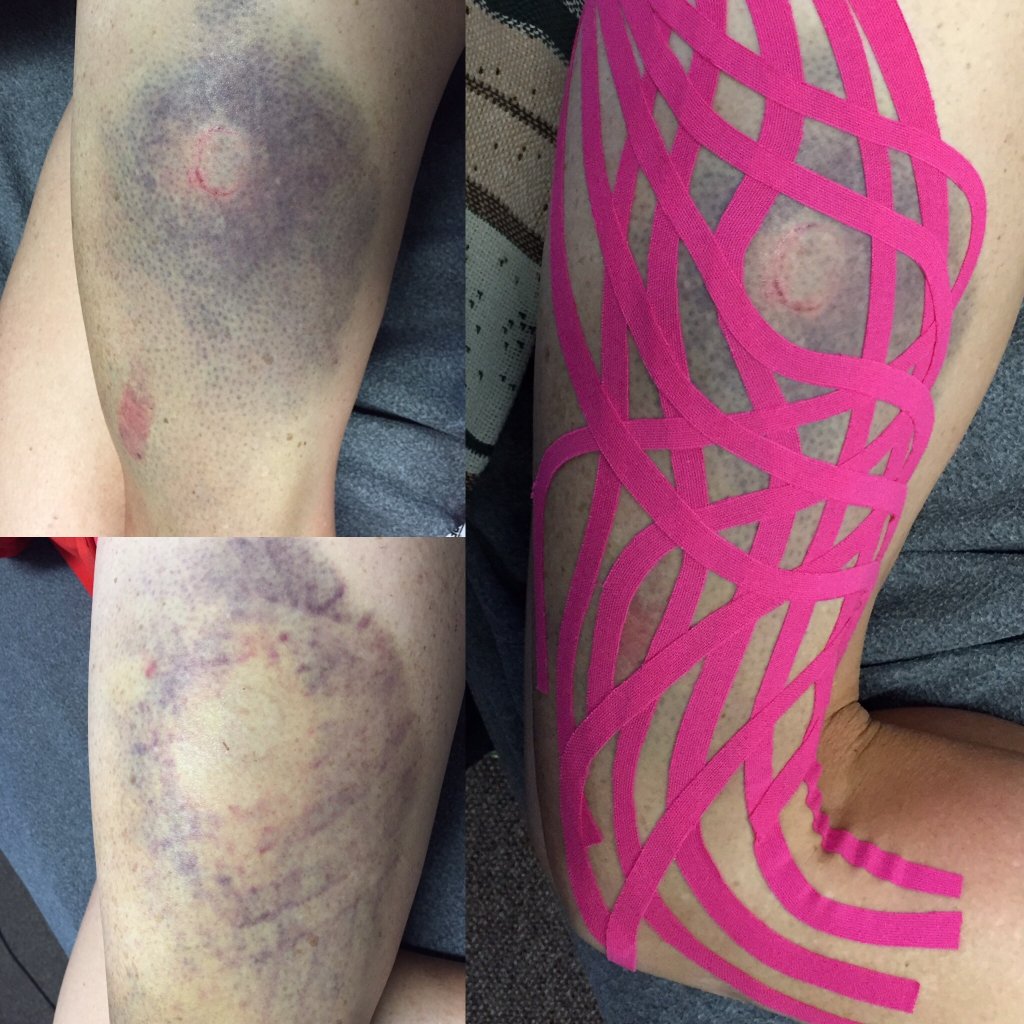Manual Fascial Manipulation

Treatment consists of deep tissue manipulation of very specific and focused areas of the deep fascia where muscular forces converge in order to move body parts in specific directions or in complex patterns. Some are located in the muscles themselves, others around the tendons, ligaments and joints. Treatment may be targeted at a single area of the body or it may be necessary to treat several areas in order to achieve balance within the system.
Sometimes the area of treatment is distant from the area of pain, discomfort or disability. The reason for this is that the fascia forms a very intricate network throughout the body and each area of the body is connected in some way to every other area. Locating and treating the root cause of an ailment - not the symptoms related to it. The symptoms are merely the feedback systems of the body letting us know something is wrong. Treating a symptom without addressing its root cause may leave underlying problems undetected, which could allow recurrence of the problem or other future complications.
The areas that are manipulated during treatment, where the fascia is “stuck”, contain various nerve endings r - including free nerve endings that transmit pain signals. Treatment of a densification, the a point within associated tissue is compressed and moved back and forth to create friction, heat and gliding. This helps to change to consistency of the chemical substances within the tissue, from a sticky glue-like state to a fluid lubricating state – thus restoring freedom of movement between the layers of tissue. As movement is restored, the pain transmitting nerve fibers become unrestricted and quit sending pain signals to the nervous system.
Sometimes the area of treatment is distant from the area of pain, discomfort or disability. The reason for this is that the fascia forms a very intricate network throughout the body and each area of the body is connected in some way to every other area. Locating and treating the root cause of an ailment - not the symptoms related to it. The symptoms are merely the feedback systems of the body letting us know something is wrong. Treating a symptom without addressing its root cause may leave underlying problems undetected, which could allow recurrence of the problem or other future complications.
The areas that are manipulated during treatment, where the fascia is “stuck”, contain various nerve endings r - including free nerve endings that transmit pain signals. Treatment of a densification, the a point within associated tissue is compressed and moved back and forth to create friction, heat and gliding. This helps to change to consistency of the chemical substances within the tissue, from a sticky glue-like state to a fluid lubricating state – thus restoring freedom of movement between the layers of tissue. As movement is restored, the pain transmitting nerve fibers become unrestricted and quit sending pain signals to the nervous system.
FAKTR IASTM
CUPPING
RAPID REBOOT COMPRESSION THERAPY
THERAPEUTIC EXERCISE
Kinesiology Tape

Kinesiology tape can help alleviate discomfort, facilitate lymphatic drainage by microscopically lifting the skin and promote kinesthetic awareness. The lifting effect forms convolutions in the skin, increasing interstitial space and allowing a reduction in pressure while enabling a more effective flow of fluid in and out of the target area.
Kinesiology tape can be applied in hundreds of ways and has the ability to help stimulate the neuromuscular system, reduce inflammation, and assist healing.
Kinesiology tape can be applied in hundreds of ways and has the ability to help stimulate the neuromuscular system, reduce inflammation, and assist healing.
Dynamic Tape
Dynamic Tape acts mechanically like a spring to strongly decelerate or assist motion to improve movement patterns.
Dynamic Tape can help protect and reduce load on injured or overworked structures like a muscle strain, ankle sprain, tennis elbow or plantar fasciitis and can assist where weakness is present e.g. after ACL repair to address risk factors associated with pain or re-injury.
Quality of life can be determined by our ability to perform our normal daily activities. For someone recovering from a stroke, that might be the ability to grasp a cup. For others, it might be to run a marathon. Dynamic Tape effects can be immediate, observable and measurable.
Dynamic Tape can help protect and reduce load on injured or overworked structures like a muscle strain, ankle sprain, tennis elbow or plantar fasciitis and can assist where weakness is present e.g. after ACL repair to address risk factors associated with pain or re-injury.
Quality of life can be determined by our ability to perform our normal daily activities. For someone recovering from a stroke, that might be the ability to grasp a cup. For others, it might be to run a marathon. Dynamic Tape effects can be immediate, observable and measurable.

SPRT Taping
Specific Proprioceptive Response Taping (SPRT), developed by Dr Tim Brown, helps determine the direction necessary for proper approximation and compression of injured tissues. SPRT gives greater relief from the injury in movement patterns. Due to the types of tapes used, SPRT is very supportive of injured or torn tissues while still allowing for proper range of motion with activity. Can help with inuries such as, ankle and knee strains and sprains, golfer's or tennis elbow, shoulder injuries, postural disorders, neck or low back issues.

